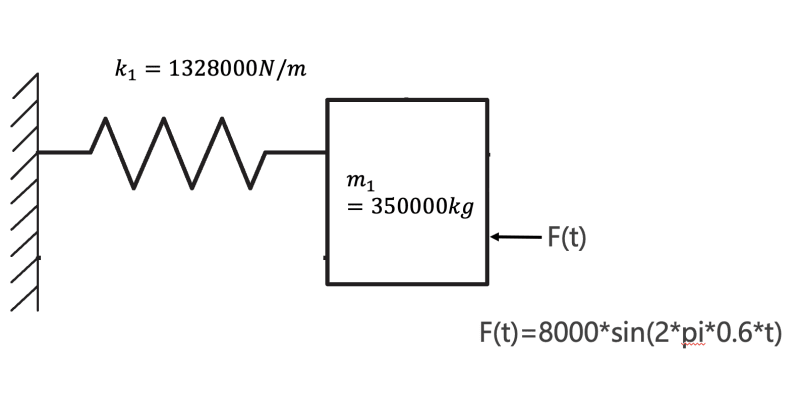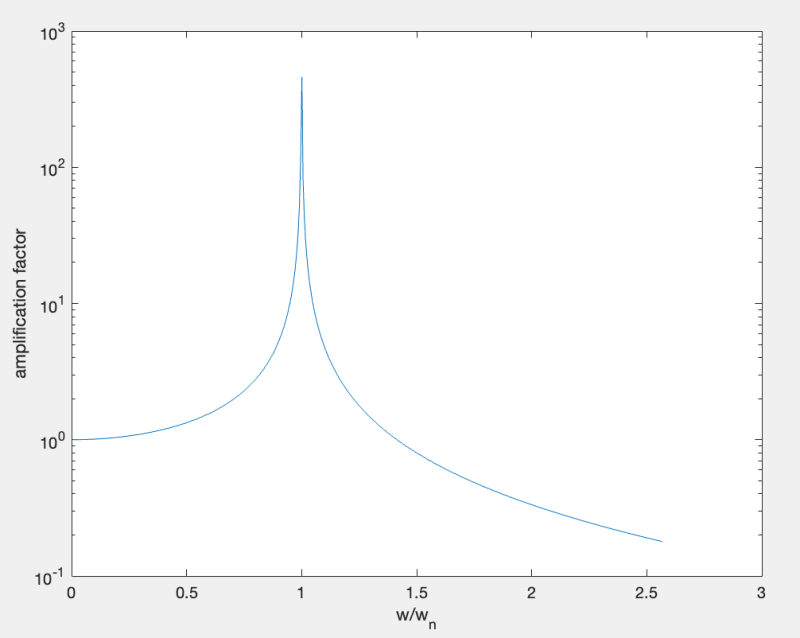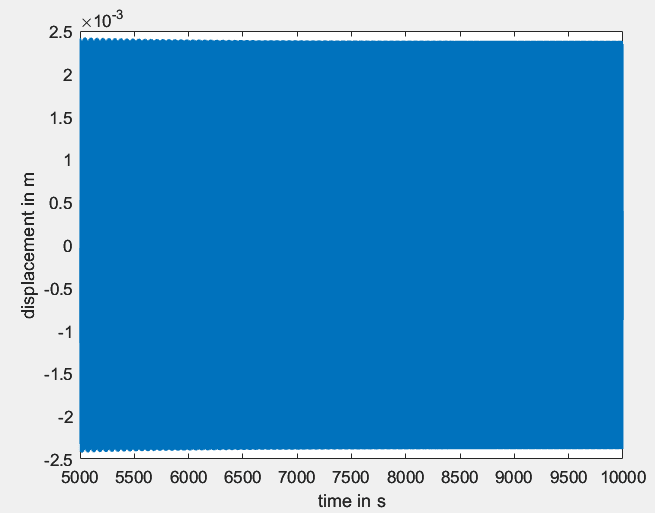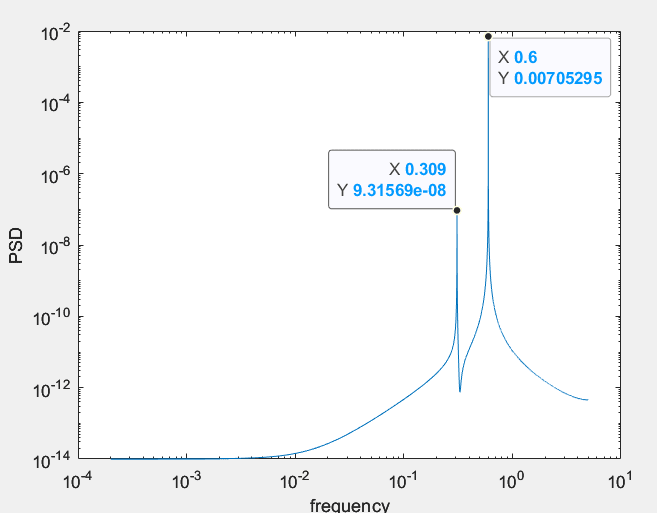ceo_of_vibe_ration
Student
Hello everyone,
I have a simple question. Lets say a single degree of freedom system (SDOF) which consists of a spring and a mass is excited by an external force. The SDOF system has the eigenfrequency of 0.31 Hz and the external force is a periodic force with the frequency of 0.6 Hz. After decay of the transient effects, the frequency response function of the SDOF system should contain peaks at the system's eigenfrequency of 0.31 Hz and the 0.6 Hz excitation, right? Now I want to reduce the response at 0.6 Hz induced by the excitation with a tuned mass damper (TMD). The TMD also consists of a spring and a mass, and the eigenfrequency of the TMD is tuned to 0.6 Hz, as it should reduce this frequency. I built this configuration in ANSYS and calculated the SDOFs response under the influence of the TMD and the system's response at 0.6 Hz is even getting bigger. Am I understanding something wrong? Should a TMD with the tuned eigenfrequency not reduced the system's response at THAT frequency after the decay of the transient effects?
Another thought is the excitation induces resonance in the TMD and thus causing an amplification in the SDOF's system at the excitation frequency...
Best regards
I have a simple question. Lets say a single degree of freedom system (SDOF) which consists of a spring and a mass is excited by an external force. The SDOF system has the eigenfrequency of 0.31 Hz and the external force is a periodic force with the frequency of 0.6 Hz. After decay of the transient effects, the frequency response function of the SDOF system should contain peaks at the system's eigenfrequency of 0.31 Hz and the 0.6 Hz excitation, right? Now I want to reduce the response at 0.6 Hz induced by the excitation with a tuned mass damper (TMD). The TMD also consists of a spring and a mass, and the eigenfrequency of the TMD is tuned to 0.6 Hz, as it should reduce this frequency. I built this configuration in ANSYS and calculated the SDOFs response under the influence of the TMD and the system's response at 0.6 Hz is even getting bigger. Am I understanding something wrong? Should a TMD with the tuned eigenfrequency not reduced the system's response at THAT frequency after the decay of the transient effects?
Another thought is the excitation induces resonance in the TMD and thus causing an amplification in the SDOF's system at the excitation frequency...
Best regards




